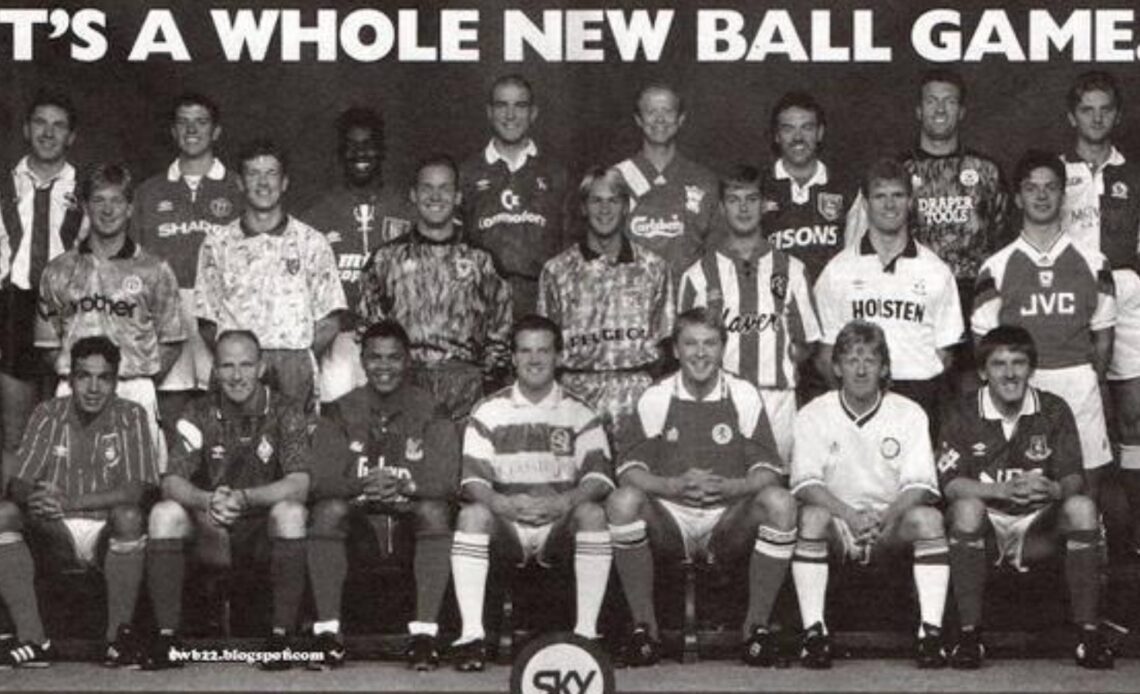On the 30th anniversary of the first Premier League season, here’s the second part of the story of how it came to be in the first place. The first part is here.
By the time the formation of the Premier League was announced on April 5 1991, much had changed from the FA’s original lofty intentions. Of the suggestions in Alex Fynn’s report on how a new top division could segue with the interests of the game in a general sense, only the one – reducing to 18 teams would mean a greater slice of the pie, when it became available – was still in play, and that would not survive the actual formation of the league.
There was a specific point at which the amount of control that the FA were prepared to cede to the clubs became perfectly apparent. With momentum towards this new league – now rebranded as the ‘Premier League’ rather than the ‘Super League’ – starting to build, the FA held a meeting with club chairmen at which the finer points of this new operation were to be discussed. When the subject of reducing to 18 clubs came up, clubs asked FA chairman Sir Bert Millichip whether this was mandatory.
Millichip’s response, “It’s your league, you decide”, may have been intended to refer to the matter of reducing the number of top-flight clubs only, but it was widely interpreted that this new league would be running itself, beholden to no-one. By the end of that meeting, the foundations of the new league would be in place, and the Premier League would have complete control of its own destiny. The FA may have seriously damaged the Football League, but they’d also ultimately sacrificed a degree of their own authority.
Two points within the ‘founders agreement’ would go on to shape the way in which the league operates, beyond any others. Firstly, the committees and executive control of the Football League would be a thing of the past; the clubs themselves would vote on matters relating to their governance, with a two-thirds majority required to effect any change. And secondly, the distribution of television money would be very different, with 50% to be split equally between the clubs, 25% according to the previous year’s league position, and 25% on the number of times a club appeared in live televised matches. Within a year, the Premier League would be a completely independent body, beholden to neither the Football League nor the FA. In seeking to cauterise what they considered the ‘threat’ of the Football League, the FA had…
Click Here to Read the Full Original Article at Football365…

